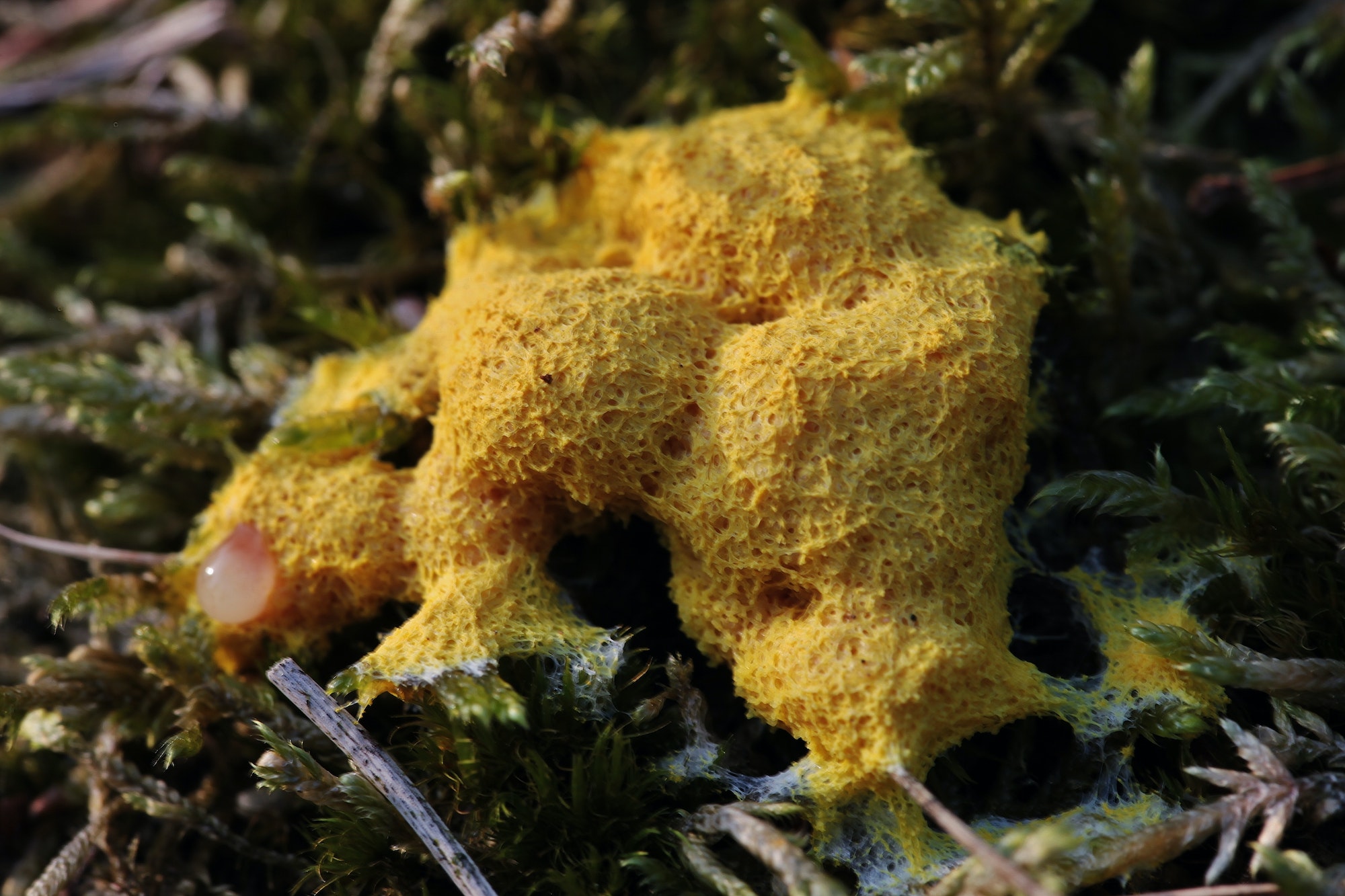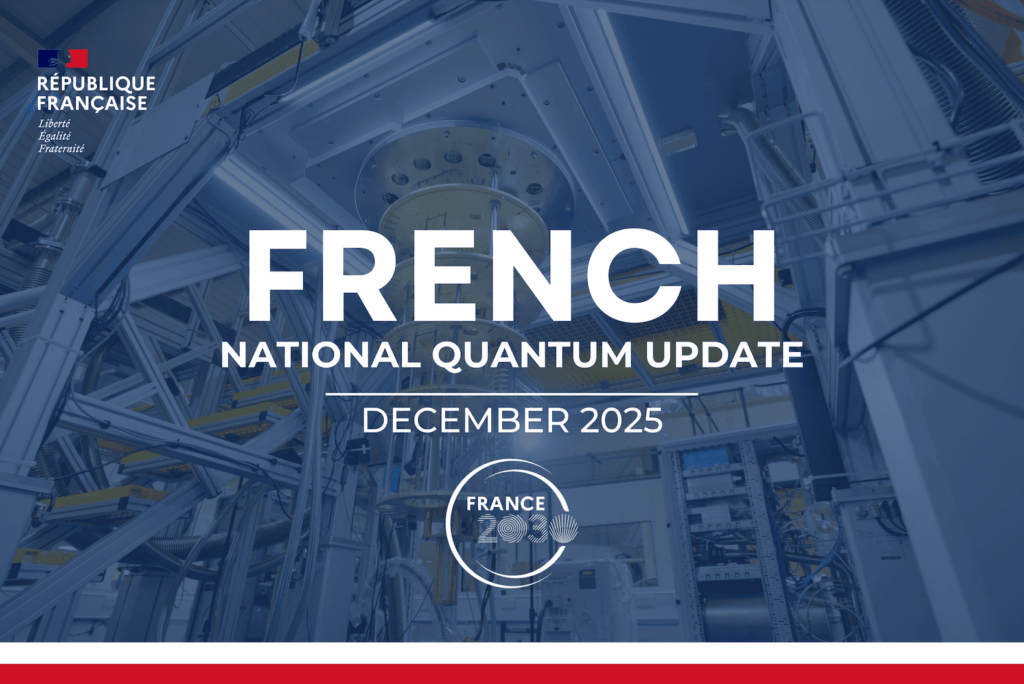Insider Brief
- The Alfred P. Sloan Foundation has awarded $1 million to the Quantum Biology Laboratory (QBL) at Howard University.
- The grant will support the lab in studying how self-organizing processes give rise to goal-oriented behaviors in the reassembly, agential decision-making and information processing of the multinucleate slime mold.
- The funds will help build upon previous work in modelling and measuring how quantum optical effects in cytoskeletal networks enable living matter to process information in ultrafast communication channels.
PRESS RELEASE — The Alfred P. Sloan Foundation has awarded $1 million to the Quantum Biology Laboratory (QBL) at Howard University, under the direction of principal investigator Philip Kurian, as part of its “Matter-to-Life” Program.
Advances in how quantum physics enhances signaling in the warm, wet, and wiggly world of biology have made it possible for scientists to address old questions from novel vantage points: How do living systems arise from nonliving matter? How does life organize from biomolecular building blocks? What is the role that light plays in the origins of life itself?
The grant will support the lab in studying how self-organizing processes give rise to goal-oriented behaviors in the reassembly, agential decision-making and information processing of the multinucleate slime mold Physarum polycephalum. Colleagues from the Allen Discovery Center at Tufts University will work in collaboration with the QBL to achieve these objectives.

“The mystery of how life transforms via light,” explained Kurian, a theoretical physicist, “is one of the most significant and vexing problems for current practitioners and even the earliest proponents of quantum theory. Quantum biology—the application of quantum theory to understanding life’s complex milieu—forces us to reexamine our origins, all the way at the cosmic beginning, and to chart how purpose and agency can arise from matter governed by physical laws.”
Over the project term, Kurian’s team will use the funding to build upon its previous work in modelling and measuring how quantum optical effects in cytoskeletal networks enable living matter to process information in ultrafast communication channels. These collective and cooperative quantum phenomena in protein architectures may operate throughout the cellular networks of organisms such as Physarum.
Since Kurian and colleagues had already spent almost a decade studying the photophysics of these networks, they were primed to address the Sloan Foundation’s Matter-to-Life research goals. With the QBL having reached the end of funding for an existing project, the Sloan grant came at just the right time, allowing the QBL to pursue Kurian’s long-term vision through new avenues. The applications of this research will have impact in diverse fields including neuroscience, basal cognition, quantum computing, and light-harvesting for energy storage.
“The Quantum Biology Lab is a wonderful example of what happens when researchers are free to collaborate and to think within and beyond their specific disciplines. Dr. Kurian continues to advance groundbreaking science while also sharing with the world a research environment informed by profound philosophical inquiry and Howard’s uniqueness. I look forward to seeing how this award will bring about a new quantum renaissance,” said Dana A. Williams, dean of the Graduate School at Howard University.
The beginnings of a powerful idea are often hard to pin down. But Kurian reflects in wonder, “As a kid I was obsessed with the Teenage Mutant Ninja Turtles, who mutated from a slimy glowing ooze. How cool is it that real-life organisms like the humble slime mold exist, that might unlock quantum clues to the deepest questions: Which came first – light, life, consciousness – or are they inextricably connected?”
If you found this article to be informative, you can explore more current quantum news here, exclusives, interviews, and podcasts.


















